Home » Wind Energy » What are the Fundamental Options for Engaging in Wind Energy?
What are the Fundamental Options for Engaging in Wind Energy?
To participate in wind energy, you will need to make decisions about numerous options that exist for harvesting the wind. You should consider all your options before proceeding, since each option has its own risks and rewards. Additionally, there are various financial incentives and markets that may or may not apply to your situation. If incentives are available to you, these can also influence which option you choose. This fact sheet will help you begin to understand the basic options for participating in wind energy.
Option 1: Scale
The main division in participating in wind energy is the scale of the project. Wind projects can be divided into two categories: commercial scale and small scale. Small-scale is also referred to as home- or farm-scale.
What is commercial scale?
Commercial scale wind refers to wind energy projects greater than 100 kW. Typically, the electricity is sold rather than used on-site. This category can include large arrays of 100 or more turbines owned by large corporations or a single locally-owned wind turbine greater than 100 kW in size. Typically, commercial scale wind energy developments use the large turbines that can each power hundreds of homes.
What is small scale?
Home and farm scale wind refers to wind energy systems that are under 100kW, and are often in the 1 to 20 kw size rang,e and produce power for on-site use. These turbines are produce enough power for use at a single home, small business or farm.
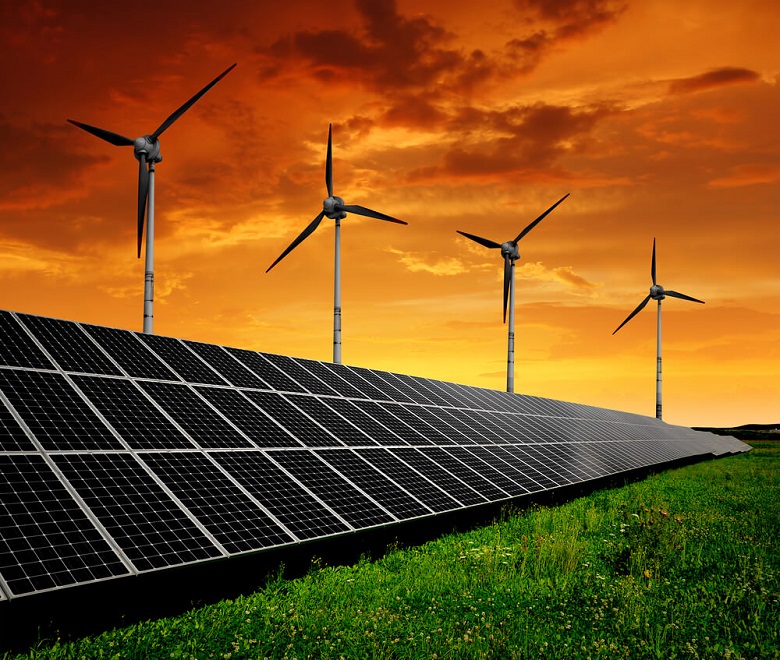
Option 2: Ownership
There are three popular models of ownership in wind power. The first, and most common, is to lease your land to a commercial-scale wind energy developer. The second option is what’s called community wind, where you or a group, organization, or entity you are part of develops and owns a commercial-scale project. Finally, the third option is for you, your business, or farm to own and operate a small-scale turbine yourself. Exceptions to the rules always exist, but the following paragraphs highlight the differences between the three most common types of ownership.
Leasing Your Land
When you lease your land to a wind energy developer, you receive compensation from a project developer who puts up a commercial-scale project on your land. The amount and details of this compensation vary in both amount and duration from project to project. The key to this type of participation is that you don’t put up, own, or operate the turbines—the developer does all of those things. Typically, this is the lowest risk way to participate in commercial-scale wind. However, the lease or easement agreement you will enter into is a complex and binding legal document, so you should always seek out experienced legal help in negotiating and evaluating any agreement with a developer.
Community Wind
Community wind projects are locally owned, commercial-scale developments that optimize local benefits. Locally owned means one or more members of the local community has a significant direct financial stake in the wind project other than through land lease payments, tax revenue, or other payments in lieu of taxes. The term “community wind” refers to method and intention of development rather than the size of the project. Community wind project owners can include an individual, a group of farmers, a cooperative, a municipal utility, a Native American tribe, a school, or a town or city. While the risks are much greater than in leasing land to a developer, the economic rewards can also be proportionately greater.
Ownership of a Small Turbine
Small turbines are typically owned by an individual, family, farm or other small business. Owning a small turbine is a lot like buying a hybrid car—you don’t do it to make money, but rather to make a conscious choice about your energy use and possibly save money spent on energy. Many small projects are connected to the larger electricity grid through something called “net metering,” but even in these cases, small turbines are best for generating electricity used on-site rather than sold to the market.
What is net metering?
In net metering, a turbine owner has an agreement with the local utility that allows the turbine owner to send excess electricity back to the utility when their wind system produces more power than they need. In turn, the turbine owner can get power from the utility when their wind system doesn’t produce enough power. In effect, net metering allows the interconnected customer to use the electrical grid as a storage battery.
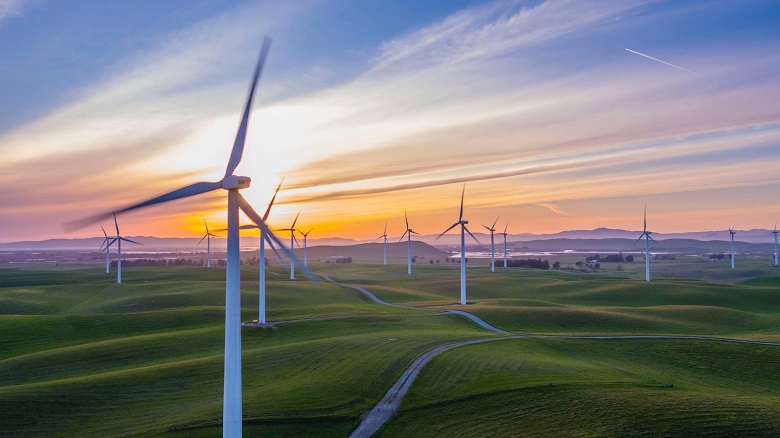
Markets and Incentives for Wind Energy
Markets for wind energy are continually changing due to increasing demand and interest in wind power. Many of the benefits we see today are the result of the Public Utility Regulatory Policies Act (PURPA) of 1978, which was one of the five bills in the National Energy Act of 1978. PURPA initiated increased usage of domestic renewable energy because it requires utilities to purchase electricity from non-utility producers, such as small wind farms (under 80 MW), at favorable rates. PURPA is an important factor in the growth of renewable energies like solar, wind, biomass and geothermal because it allows non-utility power producers to be exempt from utility-type regulation.
Green Markets
Spoken of frequently in wind energy market conversation, green markets are essential to providing a connection to wind for those unable to develop it themselves due to their location and wind resource, financial situation, permitting or zoning restrictions, demand, or other limiting factor. They are equally essential for those harvesting the wind, as they help wind energy producers maximize the most return from their wind resource.
Two common forms of a green market are green pricing and green tags. Green pricing is when a utility offers its customers the option of buying renewable energy. Customers usually pay a little extra money each month so that constant contribution to the development of renewable energy projects is ensured.
Green tags are tradeable and saleable commodities that separate the environmentally friendly aspects of wind energy from the electricity. They allow power producers to sell the electricity and environmental benefits separately.
Financial Incentives
A variety of financial incentives for wind development are available on the state and federal levels. A great resource to find out about which incentives might be available to you is the Database of Incentives for Renewable Energy. This web site contains a comprehensive list of all the incentives for renewable energy and energy efficiency in the United States at both the federal and state level.
How do I decide?
With all of the different options for participating in wind energy and opportunities with different markets and incentives, how do you decide what to do? The key is to learn as much as you can about wind development and the options available to you. Reading this sheet is a great start, but you’ll want to invest your time and energy in educating yourself. Beyond this, you should begin networking. Talk to others who have been involved in wind energy projects, and learn as much as you can about their experiences. Although it is unlikely you would be able to duplicate someone else’s experience exactly, you can get a better idea about what will be the right way for you to participate in wind energy by talking to those who have gone before.
Option 1: Scale
The main division in participating in wind energy is the scale of the project. Wind projects can be divided into two categories: commercial scale and small scale. Small-scale is also referred to as home- or farm-scale.
What is commercial scale?
Commercial scale wind refers to wind energy projects greater than 100 kW. Typically, the electricity is sold rather than used on-site. This category can include large arrays of 100 or more turbines owned by large corporations or a single locally-owned wind turbine greater than 100 kW in size. Typically, commercial scale wind energy developments use the large turbines that can each power hundreds of homes.
What is small scale?
Home and farm scale wind refers to wind energy systems that are under 100kW, and are often in the 1 to 20 kw size rang,e and produce power for on-site use. These turbines are produce enough power for use at a single home, small business or farm.

Option 2: Ownership
There are three popular models of ownership in wind power. The first, and most common, is to lease your land to a commercial-scale wind energy developer. The second option is what’s called community wind, where you or a group, organization, or entity you are part of develops and owns a commercial-scale project. Finally, the third option is for you, your business, or farm to own and operate a small-scale turbine yourself. Exceptions to the rules always exist, but the following paragraphs highlight the differences between the three most common types of ownership.
Leasing Your Land
When you lease your land to a wind energy developer, you receive compensation from a project developer who puts up a commercial-scale project on your land. The amount and details of this compensation vary in both amount and duration from project to project. The key to this type of participation is that you don’t put up, own, or operate the turbines—the developer does all of those things. Typically, this is the lowest risk way to participate in commercial-scale wind. However, the lease or easement agreement you will enter into is a complex and binding legal document, so you should always seek out experienced legal help in negotiating and evaluating any agreement with a developer.
Community Wind
Community wind projects are locally owned, commercial-scale developments that optimize local benefits. Locally owned means one or more members of the local community has a significant direct financial stake in the wind project other than through land lease payments, tax revenue, or other payments in lieu of taxes. The term “community wind” refers to method and intention of development rather than the size of the project. Community wind project owners can include an individual, a group of farmers, a cooperative, a municipal utility, a Native American tribe, a school, or a town or city. While the risks are much greater than in leasing land to a developer, the economic rewards can also be proportionately greater.
Ownership of a Small Turbine
Small turbines are typically owned by an individual, family, farm or other small business. Owning a small turbine is a lot like buying a hybrid car—you don’t do it to make money, but rather to make a conscious choice about your energy use and possibly save money spent on energy. Many small projects are connected to the larger electricity grid through something called “net metering,” but even in these cases, small turbines are best for generating electricity used on-site rather than sold to the market.
What is net metering?
In net metering, a turbine owner has an agreement with the local utility that allows the turbine owner to send excess electricity back to the utility when their wind system produces more power than they need. In turn, the turbine owner can get power from the utility when their wind system doesn’t produce enough power. In effect, net metering allows the interconnected customer to use the electrical grid as a storage battery.

Markets and Incentives for Wind Energy
Markets for wind energy are continually changing due to increasing demand and interest in wind power. Many of the benefits we see today are the result of the Public Utility Regulatory Policies Act (PURPA) of 1978, which was one of the five bills in the National Energy Act of 1978. PURPA initiated increased usage of domestic renewable energy because it requires utilities to purchase electricity from non-utility producers, such as small wind farms (under 80 MW), at favorable rates. PURPA is an important factor in the growth of renewable energies like solar, wind, biomass and geothermal because it allows non-utility power producers to be exempt from utility-type regulation.
Green Markets
Spoken of frequently in wind energy market conversation, green markets are essential to providing a connection to wind for those unable to develop it themselves due to their location and wind resource, financial situation, permitting or zoning restrictions, demand, or other limiting factor. They are equally essential for those harvesting the wind, as they help wind energy producers maximize the most return from their wind resource.
Two common forms of a green market are green pricing and green tags. Green pricing is when a utility offers its customers the option of buying renewable energy. Customers usually pay a little extra money each month so that constant contribution to the development of renewable energy projects is ensured.
Green tags are tradeable and saleable commodities that separate the environmentally friendly aspects of wind energy from the electricity. They allow power producers to sell the electricity and environmental benefits separately.
Financial Incentives
A variety of financial incentives for wind development are available on the state and federal levels. A great resource to find out about which incentives might be available to you is the Database of Incentives for Renewable Energy. This web site contains a comprehensive list of all the incentives for renewable energy and energy efficiency in the United States at both the federal and state level.
How do I decide?
With all of the different options for participating in wind energy and opportunities with different markets and incentives, how do you decide what to do? The key is to learn as much as you can about wind development and the options available to you. Reading this sheet is a great start, but you’ll want to invest your time and energy in educating yourself. Beyond this, you should begin networking. Talk to others who have been involved in wind energy projects, and learn as much as you can about their experiences. Although it is unlikely you would be able to duplicate someone else’s experience exactly, you can get a better idea about what will be the right way for you to participate in wind energy by talking to those who have gone before.
Post a Comment:
You may also like:

Featured Articles
Technical Potential for Wind Energy
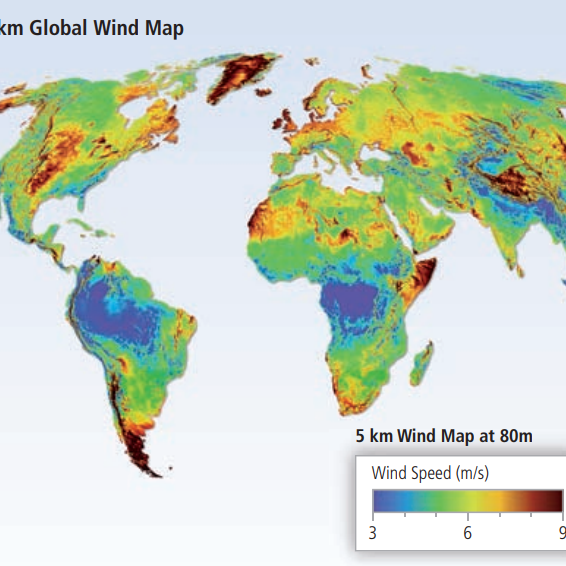 The theoretical potential for wind, as estimated by the global annual flux, has been estimated at 6,000 EJ/yr. The global ...
The theoretical potential for wind, as estimated by the global annual flux, has been estimated at 6,000 EJ/yr. The global ...
 The theoretical potential for wind, as estimated by the global annual flux, has been estimated at 6,000 EJ/yr. The global ...
The theoretical potential for wind, as estimated by the global annual flux, has been estimated at 6,000 EJ/yr. The global ...Wind Energy Background
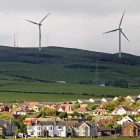 The kinetic energy in the wind is a promising source of renewable energy with significant potential in many parts of the world. ...
The kinetic energy in the wind is a promising source of renewable energy with significant potential in many parts of the world. ...
 The kinetic energy in the wind is a promising source of renewable energy with significant potential in many parts of the world. ...
The kinetic energy in the wind is a promising source of renewable energy with significant potential in many parts of the world. ...What Are the Advantages of Wind Energy?
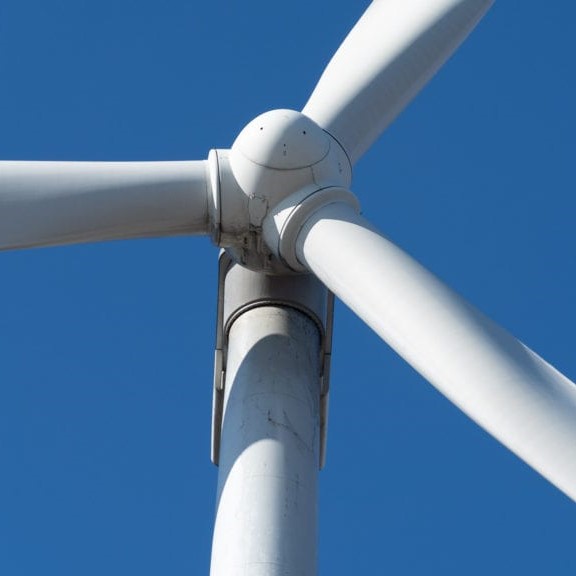 Wind power is the fastest-growing source of electricity worldwide. The American Wind Energy Association estimates that more ...
Wind power is the fastest-growing source of electricity worldwide. The American Wind Energy Association estimates that more ...
 Wind power is the fastest-growing source of electricity worldwide. The American Wind Energy Association estimates that more ...
Wind power is the fastest-growing source of electricity worldwide. The American Wind Energy Association estimates that more ...How Wind Energy is Collected and ...
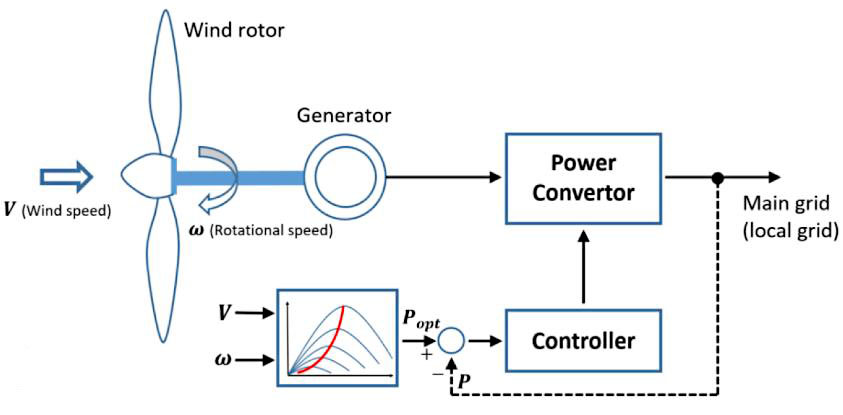 Wind energy is a form of solar energy. Earth’s atmosphere is unevenly heated by solar radiation and the air is in constant motion ...
Wind energy is a form of solar energy. Earth’s atmosphere is unevenly heated by solar radiation and the air is in constant motion ...
 Wind energy is a form of solar energy. Earth’s atmosphere is unevenly heated by solar radiation and the air is in constant motion ...
Wind energy is a form of solar energy. Earth’s atmosphere is unevenly heated by solar radiation and the air is in constant motion ...What is the Wind Energy Conversion ...
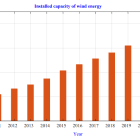 Due to technical and economic visibility, wind power has emerged as one of the most promising renewable energy sources ...
Due to technical and economic visibility, wind power has emerged as one of the most promising renewable energy sources ...
 Due to technical and economic visibility, wind power has emerged as one of the most promising renewable energy sources ...
Due to technical and economic visibility, wind power has emerged as one of the most promising renewable energy sources ...